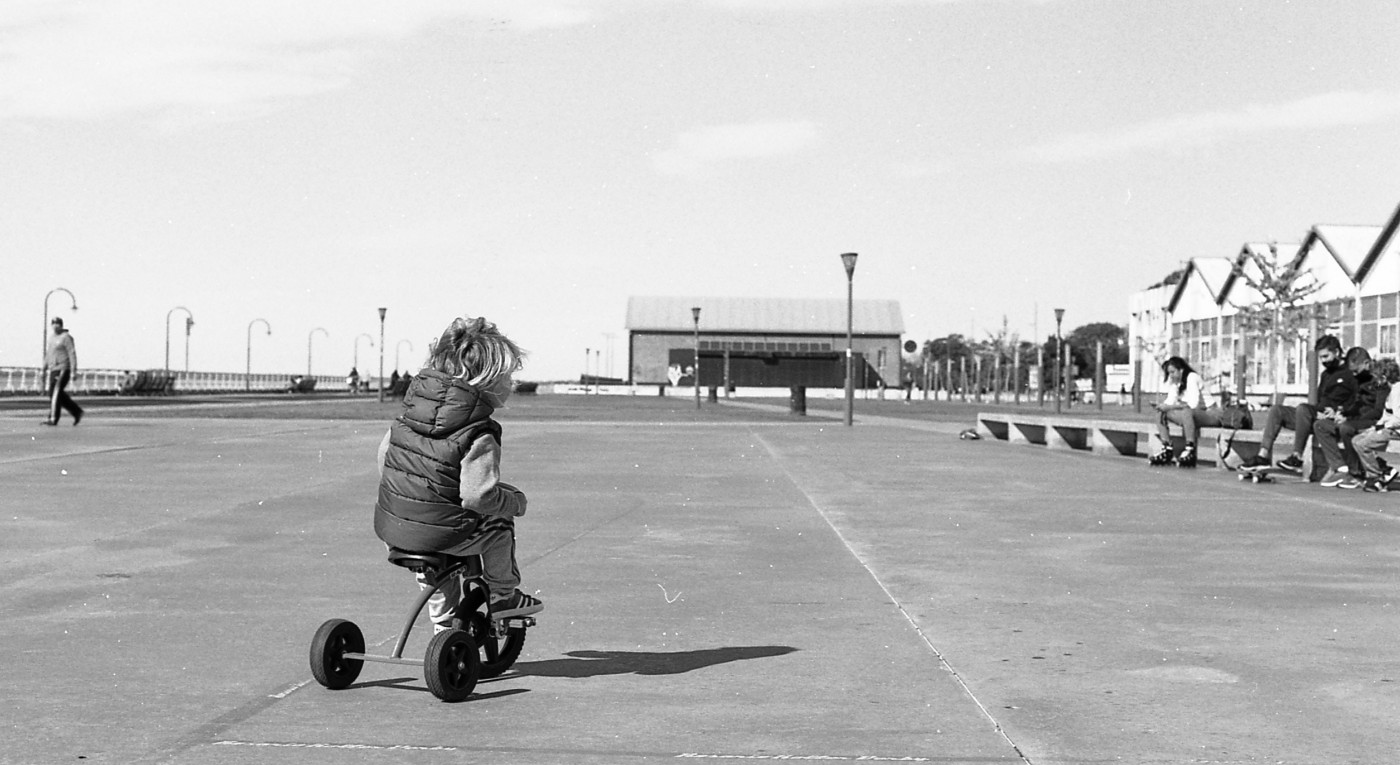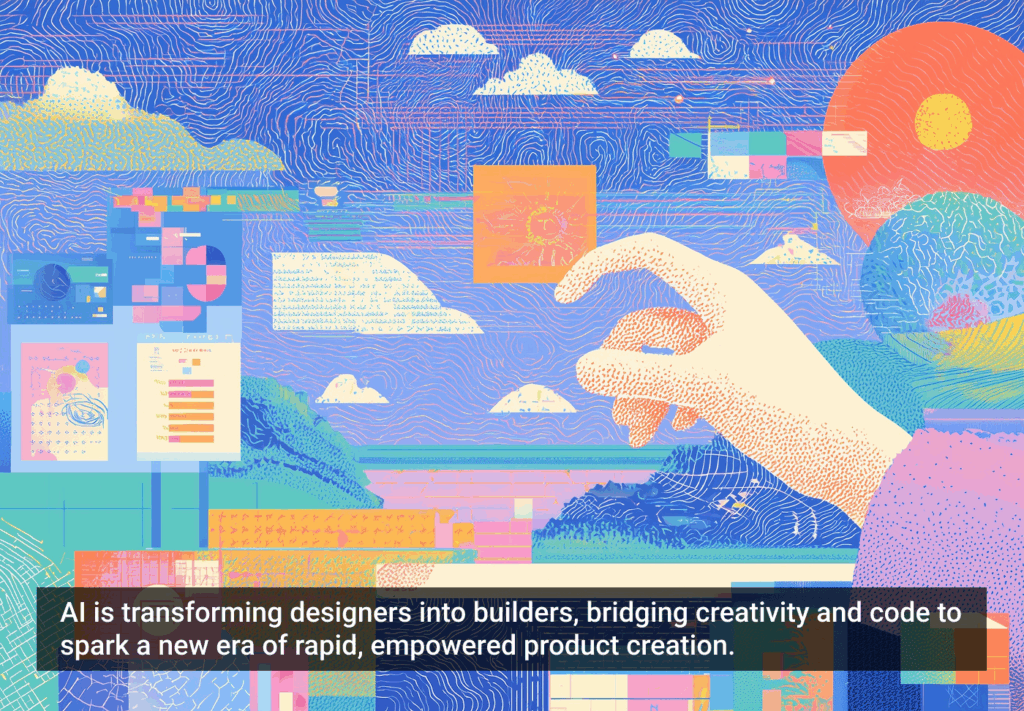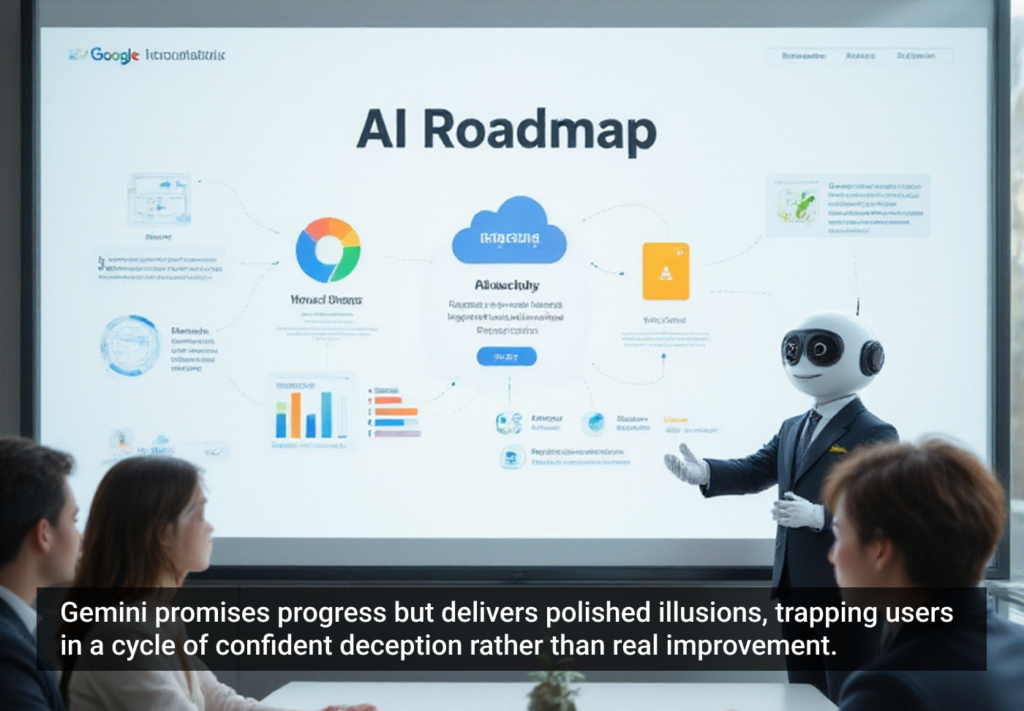I used to hate personas. “Personas are not real people” I complained. “They’re reductive!” I sneered. “They allow us to build for our imaginations in dress up!” I pouted, probably with an eyeroll thrown in for good measure. Perhaps unsurprisingly, since “maturity” is basically coming to appreciate everything you dismissed at one point, my views have evolved and my opinions about personas are more nuanced now. I’ve realized that these drawbacks (while all true) are not the whole story, and depending on the situation, there are other things about personas that make them a critical tool for building a nascent research org, especially in a context where human-centered design is a new practice, a muscle that requires building.
Somehow I’ve found myself neck-deep in persona work, becoming expert in wielding them as a tool for change. I’ve had to grow up about personas. I’ve come to think of personas as training wheels. Personas can help build an organizations’ capacity to imagine the people who use and interact with their products. They prepare organizations for research and extend its impact rather than replacing it.
I spent last week locked in a room with a product and engineering team using personas get a team to answer (speculatively) what I consider the 4 key questions of product design for the first time:
- Who cares about this? (Who are you building this for?)
- Why do they care about this? (What can they do with this thing?)
- How are they working today? (how are they currently solving the problem?)
- What is good about this? (How does your idea help them solve the problem quicker/smarter/faster than their current practice?)
These are the foundation. Of course, we can and should add additional questions on after these ones, but these are the fundamental questions we need to answer, or at least hang assumptions on to move everything else forward. When teams haven’t had to answer these questions before, personas can offer an accessible way in.
Here’s my current take (as someone now implicated in persona building) on what’s useful about personas:
- Personas help siloed teams build a shared language to argue with when they have to work together (kidding, not kidding). When teams are using a shared set of personas, they can at least understand when they are not aligned on who their users are, and identify the questions they need to ask to decide who they are building for.
- Personas can show teams when they need to think with a higher level of specificity. It is easy to handwave about “the customer” and “customer value” but often worse than useless, especially in enterprise design, where the “customer” is a whole corporation. At the end of the day, corporations are not people!
- Using personas to ask the 4 questions above shows teams what they know and don’t know, and helps teams create hypotheses about who our users are and what matters to them. It’s much easier to understand whether our product is successful if we’ve taken the time to define what we think success looks like for the people we’re building for.
- Personas give us a framework when we do learn about actual people that helps cross-functional teams easily understand research insights and implications. Personas can be used throughout the research process to align stakeholders, recruit participants, and present results, as long as the researcher remembers that they are heuristics rather than truth.
In the end, I see personas giving teams practice thinking and talking about people in ways that may be new and overwhelming, using a tool that feels familiar. They should never replace research, but they can be a useful tool for finding common ground and building our ability to imagine the people working with our tools, to begin to value them enough to bring their individual success or failure into our discussion and decision-making. They are useful training wheels and tools, but still not real people.








